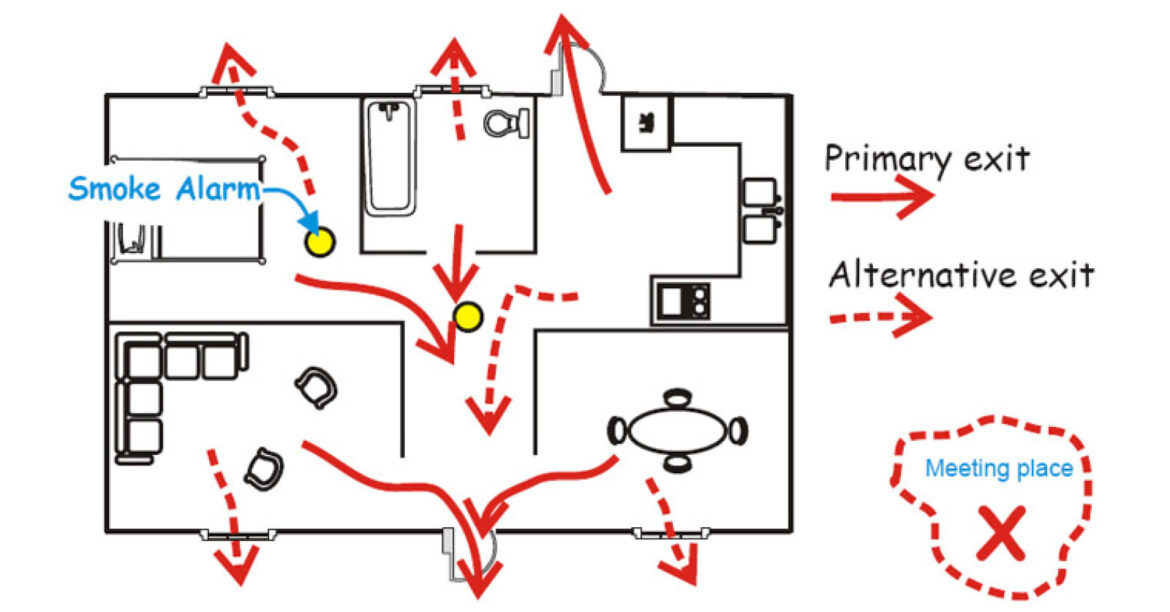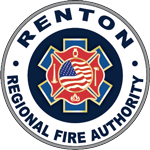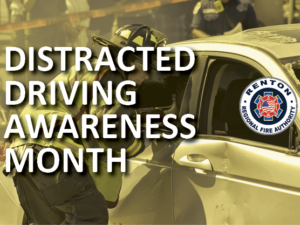Fire Prevention: Plan Your Escape
Posted on October 30, 2019 in Fire Prevention, Public Education, Public Safety

Fire Prevention: Plan Your Escape
Plan ahead! Make a home escape plan. Fire can spread rapidly through your home, leaving you as little as one or two minutes to escape safely once the smoke alarm sounds. A closed door may slow the spread of smoke, heat and fire but it won’t stop it. So pull together everyone in your household and make a plan. Here are some escape planning tips to consider:
- Make a home escape plan. Draw a map of your home showing all doors and windows. Discuss the plan with everyone in your home.
- Always choose the escape route that is safest – the one with the least amount of smoke and heat – but be prepared to escape under toxic smoke if necessary.
- If windows or doors in your home have security bars, make sure they have emergency release devices to be opened immediately in an emergency. Emergency release devices won’t compromise home security.
- Know at least two ways out of every room, if possible. Make sure all doors and windows leading outside open easily.
- Have an outside meeting place (ex: tree, light pole or mailbox) a safe distance from the home.
- Practice your home fire drill twice a year, during the day and also at nighttime.
- Allow children to master escape planning and practice before holding a fire drill at night when they are sleeping. The objective is to practice, not to frighten, so telling children there will be a drill before they go to bed can be as effective as a surprise drill.
- Make arrangements in your plan for anyone in your home who has a disability.
- When you practice your fire drill, everyone in the family should practice getting low and going under the smoke to your exit.
- Teach children how to escape on their own in case you can’t help them.
- Close doors behind you as you leave. Once you’re out-stay out. Closing doors on your way out slows the spread of fire, giving you more time to safely escape. Under no circumstances should you ever go back into a burning building. If someone is missing, inform the fire department dispatcher when you call.
- Ensure escape routes are clear of debris and doors and windows open easily.
- Go outside to see if your street number is clearly visible from the road. If not, paint it on the curb or install house numbers to ensure that responding emergency personnel can find your home.
- In some cases, smoke or fire may prevent you from exiting your home or apartment building. In a situation like this, seal yourself in for safety”. Close all doors between you and the fire. Use duct tape or towels to seal the door cracks and cover air vents to keep smoke from coming in. Call the fire department to report your exact location. Wave a flashlight or light-colored cloth at the window to let the fire department know where you are located.
Source: National Fire Protection Association – Escape Planning






